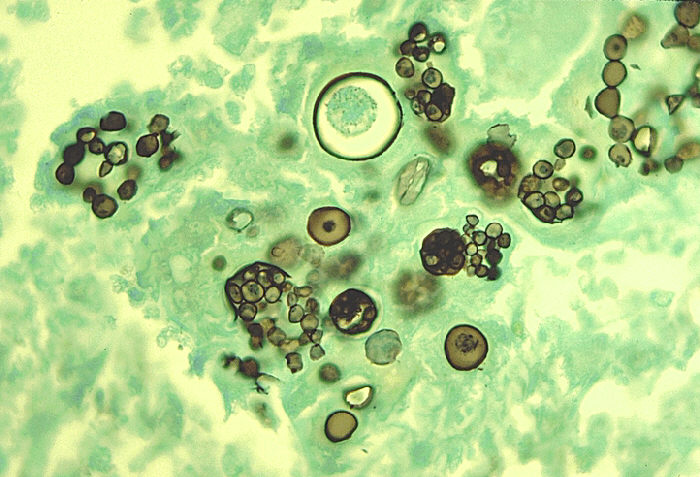Legionella is a genus of facultative anaerobic bacteria, which are gram negative rods.
Route of entry
• Airborne droplets but person-to-person spread does not occur.
• Environmental water sources e.g. air conditioners and water- cooling towers
• Entry via respiratory tract
Pathogenesis
Pathogenesis is not fully understood. Primary pathologic changes occur in the lungs. Bacteremia may occur as well.
Damage to the vascular endothelium, especially the brain and kidneys, takes place. No exotoxin is produced. Major damage is by the lipopolysaccharide, which serves as endotoxin.
As legionella are facultative intracellular bacteria, so they survive in phagocytes and in alveolar macrophages. They prevent the fusion of phagosomas and produce a toxin that blocks the oxidative burst.
Some produce B-lactamase.
Virulence factors
• Lipopolysaccharide
• Toxin
Predisposing factors
- Elderly with high alcohol intake
- Elderly smokers
- Patients with AIDS, cancers or transplants
- Patients treated with corticosteroids
- Diminished cell-mediated immunity
Clinical symptoms
- From mild influenza- like illness to severe pneumonia
- Mental confusion
- Non-bloody diarrhea
- Proteinuria
- Hyponatremia
- Cough
- Atypical pneumonia (incubation period 02-10 days)
- Pontaic fever (incubation period 01-02 days)
Lab- Diagnosis
Specimen
• Sputum
• Blood
• Urine
• Tissue biopsy
Microscopy
These bacteria are not easily stained. Sputum gram stain shows many neutrophils but no bacteria.

Culture
• Fail to grow on ordinary media
• Grow on charcoal agar, because it contains iron and cysteine
• Indirect immunoflourescence
Serological tests
• Fluorescent- antibody staining
• PCR
Treatment
As produce B-lactamase so this needs to be taken into account as well. No vaccine is available.
 howMed Know Yourself
howMed Know Yourself




